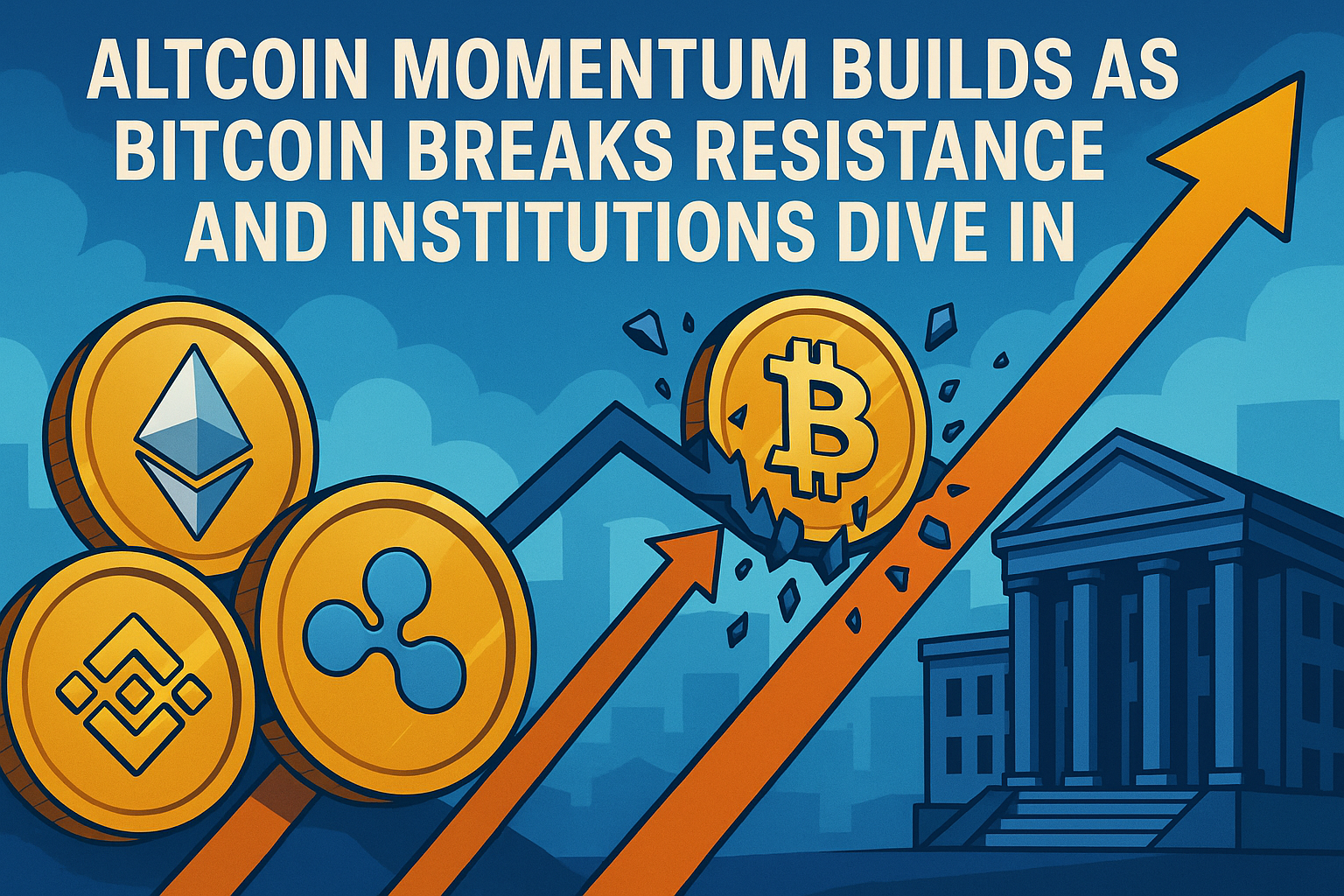Table of Contents
What is a Beldex (BDX) Masternode?
BelDEX (BDX) is a cryptocurrency that utilizes a Proof of Stake (PoS) consensus algorithm to validate transactions and secure the network. In addition to PoS, BelDEX also utilizes Masternodes to perform specific network functions.
A Masternode is a node on a blockchain network that has a certain amount of cryptocurrency collateral to provide a certain level of service to the network. Masternodes perform various functions such as transaction validation, governance, and treasury management. In return for their services, Masternode operators receive rewards in the form of the cryptocurrency they are supporting.
To operate a BelDEX Masternode, an operator must have a minimum of 10,000 BDX coins as collateral. This collateral ensures that the Masternode operator has a vested interest in the network's success and will not act in a way that harms the network. In return for providing their services, Masternode operators receive a portion of the block rewards, which are distributed to all Masternodes in the network.
Running a BelDEX Masternode requires technical knowledge and the ability to set up and maintain a dedicated server that is online 24/7. However, operating a Masternode can be a lucrative way to earn passive income from cryptocurrency.
Beldex Masternode Income

For up-to-date income numbers see: Masternodes Online
Masternode Requirements:
- Required coins for masternode: 10,000 BDX
Current Price:
The chart above provides the current trading price for this project and can be set to display various time frames, including the entire price history for the project:
Should You Buy Beldex (BDX) Now?
The indicator below is provided by Trading View and is an algorithm that includes many commonly used technical indicators such as trendlines, moving averages, and momentum indicators, aggregated into an all-in-one "Buy or Sell" indicator for this project.
This is the current buy/sell sentiment based on technical indicators:
Beldex Project Links:
- Website: https://beldex.io/
- Twitter: https://twitter.com/beldexcoin
- GitHub: https://github.com/Beldex-Coin/
- Telegram: https://t.me/official_beldex
How do Masternodes Work?
Masternodes are an essential component of some blockchain networks that use a consensus mechanism called Proof of Stake (PoS). In a PoS-based network, Masternodes play an important role in validating transactions, processing blocks, and maintaining network security.
Here's how Masternodes work in a typical PoS-based blockchain network:
- Stakeholding: Masternode operators must first stake a certain amount of cryptocurrency on the network to become eligible for running a masternode. The stake acts as collateral and helps ensure the operator's commitment to maintaining the network's integrity.
- Network Participation: Masternodes then participate in the network's consensus mechanism by validating transactions and blocks. They act as a second layer of validation, checking and verifying transactions before they are added to the blockchain.
- Incentivization: Masternodes are incentivized to operate honestly and efficiently because they receive a reward in the form of cryptocurrency for each block they help process. The rewards encourage Masternode operators to maintain the network's integrity and keep it secure.
- Governance: Some blockchain networks also give Masternodes the power to participate in the network's governance by voting on proposed changes, updates, and improvements. This is typically done through a Masternode voting mechanism where each Masternode operator has a say proportional to their stake.
In summary, Masternodes help to improve the security and efficiency of blockchain networks by validating transactions and blocks, participating in network governance, and receiving rewards for their services.
Are Masternodes Good Investments?
Whether or not Masternodes are a good investment depends on various factors, including the specific blockchain network, the Masternode requirements, and the current market conditions.
Masternodes can be a potentially profitable investment if the cryptocurrency they are associated with increases in value over time. Masternode operators are usually rewarded with cryptocurrency for their services, and if the value of that cryptocurrency increases, the value of their rewards also increases.
However, running a Masternode also requires a significant investment of time, money, and technical expertise. The Masternode requirements may include holding a certain amount of cryptocurrency, setting up a server with specific hardware and software, and maintaining a certain level of uptime. The initial setup costs and ongoing operational expenses can be significant, and there may be risks associated with operating a Masternode, such as network downtime, security threats, and regulatory risks.
Additionally, the Masternode market can be volatile and subject to fluctuations in cryptocurrency prices and market conditions. It's important to carefully research and evaluate the potential risks and rewards of running a Masternode before making an investment decision.
In summary, Masternodes can be a potentially profitable investment, but they also come with risks and require a significant investment of time, money, and technical expertise. It's important to carefully evaluate the potential risks and rewards and do thorough research before making an investment decision.
The Pros and Cons of Masternodes
When considering investing in a masternode, there are many factors that you should take into consideration. Here are some potential pros and cons to consider when evaluating whether or not investing in a Masternode is right for you:
Pros:
- Passive income: Running a Masternode can generate a steady stream of passive income for the Masternode operator. Masternodes typically receive rewards in the form of cryptocurrency for validating transactions and maintaining network security.
- Potential for capital gains: If the value of the cryptocurrency associated with the Masternode increases over time, the Masternode operator can potentially realize capital gains.
- Network participation: By running a Masternode, investors can participate in the network's governance and have a say in decision-making.
- High level of security: Masternodes help maintain the security and integrity of the network, making it more resistant to attacks.
Cons:
- High startup costs: Setting up a Masternode can require a significant upfront investment in tokens and or hardware and software.
- Technical expertise required: Running a Masternode requires technical knowledge, and investors may need to have a deep understanding of the underlying blockchain technology.
- Volatility: The value of the cryptocurrency associated with the Masternode can be volatile, and the rewards earned by the Masternode operator may fluctuate in value.
- Regulatory risk: The regulatory landscape around cryptocurrencies is still evolving, and there is a risk that new regulations or legal challenges could impact the viability of Masternode investments.
- Operational costs: Masternodes must be kept online and operational 24/7, which can incur ongoing expenses in the form of server maintenance and electricity costs.
Overall, investing in a masternode can be a potentially profitable venture, but it also comes with risks and requires careful evaluation of the potential rewards and risks involved.
It's important to do thorough research and consider factors such as startup costs, the technical expertise required, regulatory risks, and ongoing expenses before making an investment decision.
Before Investing in any Masternode Project
It is important before making any decision to purchase a masternode, to research and analyze the project as well as Do Your Own Research (DYOR). This can include performing both a technical and fundamental analysis of the project.
As a crypto investor considering this project, here are some initial factors to consider before making an investment.
Initial factors to consider:
- Historical performance: How has project the performed? Examine both the short-term and long-term performance to better understand the stability or volatility within the price. Look at where the price is trending, both in the short-term and long-term.
- Volume: Analyze the trading volume of the cryptocurrency to see if there is sufficient liquidity and market demand to be able to sell when needed. This is especially important when dealing with low-capitalization altcoins.
- Market cycles: Be conscientious of market cycles and how they may impact the price of the cryptocurrency, this can include the overall market trend (bull/bear market) as well as the cycle for the specific project.
- Market sentiment: Observe the general sentiment of the market regarding the project and assess if it is positive or negative towards the future market price of the project.
- Market events: Search for any major current or near future events that may have an impact on the future price of this project. This can include upcoming new releases, public partnerships, or even regulatory developments.
It is important to note that past performance is not a guarantee of future performance. This is especially true for cryptocurrency projects as this is a highly volatile (and speculative) market.
If you have decided to move forward on the project, it is worth conducting both a technical and fundamental analysis of the project (especially if you are considering holding for the longer term).
If you are looking to make a quick return on your investment, it's possible to just look at the technical analysis to determine your buy-in and selling price. If however, you are looking to hold for the longer term, it's necessary to also take into consideration the fundamental analysis.
Technical Analysis (When to Buy or Sell)
Technical analysis is a method used to evaluate the price movement and trends of a cryptocurrency by analyzing its historical price data and chart patterns to determine the probable future price movement..
The aim of technical analysis is to identify buying and selling opportunities by analyzing market trends and making predictions about future price movements and is one of many tools used to determine probable future movement by analyzing data and statistics gathered from historical trading activity, such as price movement and volume.
Technical analysis is important because it can help investors to identify potential buying and selling points based on past price movements and market trends.
When conducting technical analysis for purchasing a cryptocurrency, the following factors should be taken into consideration:
- Charts: Analyze the price charts of the cryptocurrency to identify trends, support and resistance levels, and chart patterns
- Indicators: Use technical indicators, such as moving averages, volume, and oscillators, to gain insights into market sentiment and potential buying and selling points.
- Trends: Identify the long-term and short-term trends of the cryptocurrency, including bull and bear markets, and make predictions about future price movements.
- Volatility: Observe the volatility of the cryptocurrency and assess if it is suitable for your risk tolerance and investment strategy.
- Market events: Consider any market events that may impact the price of the cryptocurrency, such as news, partnerships, or regulatory developments.
Fundamental Analysis
Fundamental analysis helps in determining the long-term success of a cryptocurrency project and this is especially important if you are looking to hold the cryptocurrency for a long period of time. If you are only interested in short-term gains, you may ignore this can go straight to the technical analysis.
Fundamental analysis is a method to evaluate the "intrinsic value" of the crypto project and the following factors should be taken into consideration:
- Technology: Evaluate the technology behind the cryptocurrency, including its security, scalability, and potential for future developments.
- Adoption: Assess the level of real-worldwide adoption and usage of the cryptocurrency, as well as its potential for future growth.
- Competition: Analyze the competition in the market and how it may impact the demand and value of the cryptocurrency.
- Team and leadership: Look at the team behind the cryptocurrency and their experience, track record, and plans for future development.
- Partnerships: Consider any partnerships or collaborations that the cryptocurrency has established, as they may impact its future growth and adoption.
- Regulatory environment: Analyze the regulatory environment and legal status of the cryptocurrency in your country, as it may affect its future value and adoption.
- Financials: Examine the financial health of the cryptocurrency, such as its revenue, expenses, and market capitalization.
Conclusion:
Before investing in any masternode project, it's important to perform your own research and due diligence. In doing so, you will help to minimize your risk and maximize your gains on the investment.
If you would like to learn more about investing in masternodes, read our Masternode guide:










